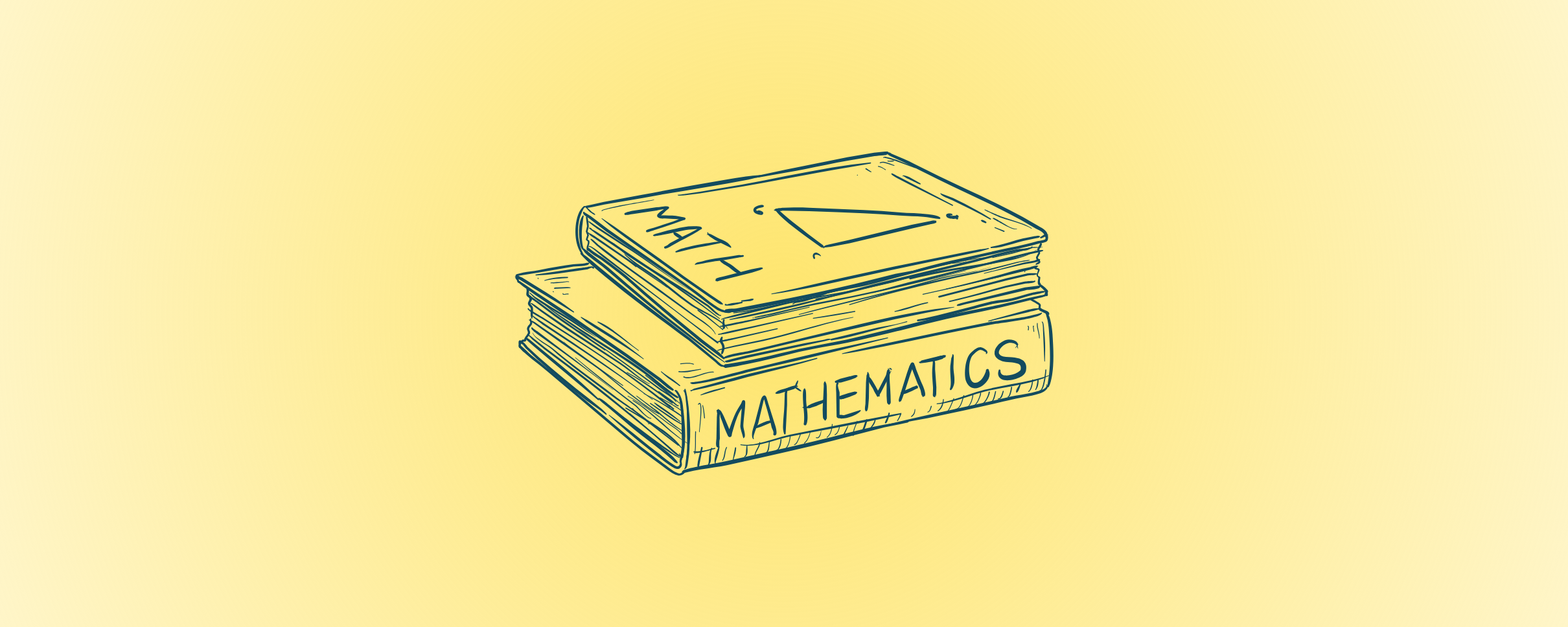Less than three weeks after Dartmouth reinstated its SAT/ACT requirements, Yale suspended its own test-optional experiment and officially reinstated standardized testing requirements for all applicants. However, unlike Dartmouth, Georgetown or MIT, Yale is allowing students to submit AP scores or IB scores in lieu of an ACT or an SAT score, to satisfy the testing requirement.
In light of this new policy, applications to Yale may drop, and that’s just fine by the Admissions Office
Between 2020 and 2023, Yale’s application numbers swelled from 35,000 to 57,000, an increase of 66%, driving the acceptance rate down to 4.35%. Per Yale’s Dean of Undergraduate Admissions and Financial Aid, Jeremiah Quinlan, “The huge surge in applications has for the most part been from students who are not competitive in our applicant pool.”
On the Inside the Yale Admissions Office podcast, Senior Associate Director of Admissions at Yale Hannah Mendlowitz explained that the two principal groups of applicants that surged were 1) international applicants (an increase of 130% in 4 years) who benefited from removing the testing requirement and 2) domestic applicants with relatively weak high school transcripts.
Dropping the testing requirement didn’t dramatically change the demographic profile of who was admitted and who enrolled at Yale, and per Mendlowitz, “from the data we’ve seen, this has been true at other selective colleges as well. There just hasn’t been a massive sea change in who enrolls in selective colleges even after just about all of us went test-optional.”
During the test-optional period, test score submitters had a massive admissions advantage over non-submitters
Mark Dunn, Associate Director of Admissions at Yale, speaking on the Yale Admissions podcast painted the picture of the different outcomes for test score submitters and non-submitters during the test-optional period: While approximately half of Yale’s applicants have submitted test scores, “among our admitted students, it’s been about 75% of our admitted students applied with scores, and about 25% without scores. If you just look at the rate of admission, It’s been about a 6% admit rate for students with scores and only a 2% rate of admission for students without scores.”
That indicates a 200% advantage for test submitters, roughly on par with Boston College’s testing advantage (29% admit rate with scores and 11% without scores).
Calling the policy “test-optional” began to feel disingenuous
Given the striking disparity in rates of admission for test-submitters and non-submitters, calling the policy test-optional began to feel disingenuous. According to Jeremiah Quinlan on the Yale podcast, “As we got through each month and each cycle, I became more and more convinced that we weren’t being honest about the reality of our admissions process to students and parents. Our admissions committee is denying 98% of the students who are applying without test scores, and we were feeling like we were missing out on important data from students….”
Looking broadly at the effect of the test-optional policy, Quinlan found that “students who were not submitting their test score were inadvertently hurting their chances of admission to Yale.” For Quinlan, reinstating testing requirements “is about equity and transparency.”
Applying without test scores hurt applicants, especially lower-resourced applicants
Quinlan was concerned that the analysis of admissions data found that “applicants without test scores have been less likely to be admitted; concerningly, this was especially true for applicants from lower-income backgrounds and those attending high schools with fewer college-preparatory courses.” The analysis further revealed that first-generation students were more likely to be admitted with standardized test scores, even after controlling for all other variables. Quinlan added, “We were missing out on incredibly valuable information from students not submitting scores.”
Why does the absence of standardized test scores disproportionately disadvantage lower-resourced students? Absent test scores, other parts of the application must naturally receive more weight. Affluent students can fill in the testing gap with transcripts replete with advanced courses, highly detailed and descriptive teacher recommendations, rich and diverse extracurriculars.
Under-resourced students, in contrast, frequently lack these advantages, leaving “admissions officers with scant evidence of their readiness for Yale.” This differential led to a system that, according to Quinlan, “has the effect of advantaging the advantaged.” Quinlan continued, “Our research strongly suggests that requiring scores of all applicants serves to benefit and not disadvantage students from under-resourced backgrounds.
Many of the students withholding test scores below Yale’s 25% threshold were the very ones who would have benefited most by submitting them.
Testing is the single best predictor of performance at Yale
Like Dartmouth and MIT, Yale found that testing was incredibly instructive in identifying students who would thrive at Yale. Admissions Officer Hannah Mendlowitz framed it simply: “Standardized tests are better than anything else at answering that question: are you likely to do well in Yale’s classes?”
Yale’s Office of Institutional Research conducted the analyses which informed their announcement of the new policy. “Test scores are the single greatest predictor of a student’s future Yale grades. This is true even after controlling for family income and other demographic variables, and it is true for subject-based exams such as AP and IB, in addition to the ACT and SAT.”
While high school GPA does a relatively poor job of predicting success at Yale, strong test scores on SATs, ACTs, APs and IBs do a much better job and send a much clearer signal of academic readiness. The predictive supremacy of testing holds for Freshman grades through to the end of college. Yale’s statistical analysis also found a significant difference in college GPA for the test-submitters and non-submitters, with submitters having the clear GPA advantage at Yale.
Test scores support diversity on campus
Quinlan rejected one of the major critiques of testing, that it is an impediment to diversity, and has found standardized test scores to be a powerful tool to achieve greater student diversity.
For nearly a decade before the pandemic, Yale strategically employed test scores to identify the strongest candidates from low socio-economic backgrounds. Between 2013 and 2019, while requiring test scores, Yale increased the number of first-year students eligible for Pell Grants by 95%, first-generation students by 65%, and under-represented minority students by 52%. Yale remains committed to this project and has announced a series of 11 initiatives to continue to expand diversity on campus, following last summer’s Supreme Court ruling on affirmative action; testing will be a critical means of identifying outstanding students from a diverse array of backgrounds.
How is testing used in the Yale admissions process?
At Yale, testing is used early in the process to determine academic readiness, as a proxy for academic eligibility. Considering that testing is the single greatest predictor of future grades at Yale, this makes sense.
Quinlan framed it as such: “If you are able to present to us standardized tests that tell us you are prepared to do the work at Yale, then we are going to move on to all the other parts of the application file to make these decisions….The testing is a simple kind of binary question at the onset of the application review, and once we get through that Yes/No, we move right into the other parts of the application file.”
Every test score is considered in context: College Board’s Landscape platform is center stage in application review
When it comes to evaluating standardized test scores, the key for Yale is context. Yale leans heavily on the College Board’s Landscape tool.
An early adopter of this platform, Quinlan announced in 2019 that the then “adversity score”, was “literally affecting every application we look at,” helping to contextualize each student. The adversity score soon morphed into Landscape, which provides context on the 30,000 high schools in the US. Today the Yale admissions office can easily identify the applicants who stand out academically in the context of their high school, especially those from lower socio-economic backgrounds.
Yale has a middle 50% score range for its enrolled students of 33-35 on the ACT and 1440-1570 on the SAT. Widen the lens a bit further and Yale has a middle 80% range of 31-36 on the ACT and 1370-1590 on the SAT. Ten percent of enrolled students have an ACT score under 31 or an SAT score under 1370.
Mark Dunn indicated on the Yale admissions podcast, “We’ve enrolled thousands of students with scores below what many people would probably think you need to get into a place like Yale. And to be fair, most of those scores aren’t far, far below those ranges. But a score doesn’t need to be a 33 or a 720 to be considered strong in our review process.”, On the podcast, Dunn gives an example of an applicant who submitted a 30 on the ACT, and that 30 was “really strong” in the context of his high school, and “that score absolutely helped that student” gain admission to Yale.
The specifics of the Test-Flexible Policy
Yale’s new test-flexible admissions policy allows students to meet the testing requirements by submitting SAT or ACT scores, as well as AP or IB scores. Yale will accept superscored SAT or ACT scores. If a student submits AP or IB scores to fulfill the testing requirement, that student must submit all official AP or IB exam scores. If students have already self-reported some scores in the Common App, there will be space in the Yale-specific questions to self-report the remaining scores, or to provide information regarding why certain AP exams were not taken, while the corresponding classes appeared on the transcript. According to Hannah Mendlowitz, “It’s not that you’re going to be penalized for not having those scores, but the fewer unanswered questions in the application, the better.”
Quinlan wanted to expand testing options beyond the SAT and ACT because some applicants live in states such as California where many of the public colleges are test-optional or test-blind. He did not want to disadvantage those students. Additionally, expanding the testing options to include the AP and IB leaves the policy flexible enough to “easily accommodate future additions to the list of required scores.”
Which colleges might reinstate testing next?
Just last week, Brown joined the ranks of Yale, Dartmouth, and MIT in reinstating testing requirements. Other colleges included in the Raj Chetty-led research are good candidates to follow the trend. While Duke opted for a different path, we’ve yet to hear from Harvard, Penn, Princeton, Columbia, Cornell, Chicago or Stanford. We’ve also heard discussions of the centrality of testing to the admissions office of the University of Southern California.
It would be no surprise if USC or another Ivy or Ivy plus school announced next. While most selective schools will commit to test-optional admissions and the accompanying gains in application volume, others will reinstate testing requirements for the same reasons that MIT, Dartmouth, Brown and Yale have done. Schools will follow their own data and determine the next right step for their institution.





.webp)



